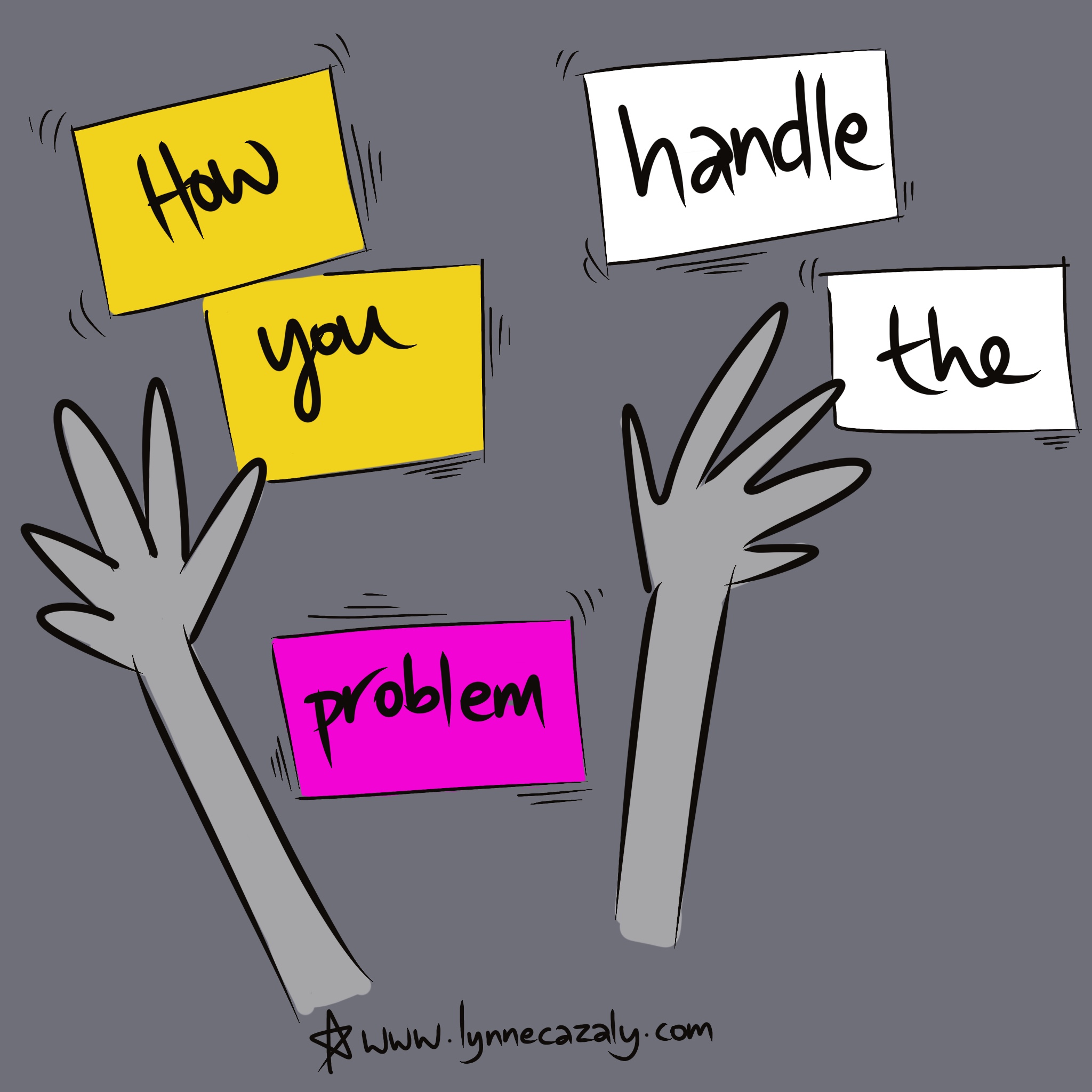Happy new year to you for 2015!
To help you on your way - no matter what you're doing with resolutions, resets, reviews or renews .... here's a visual map to plot out some 2015 intentions.
This is the visual map I use each year and this year it's a gift to ya!

It's a one-pager for a reason. It has the 'big picture' in one visual snapshot. Once I've completed it for the year, I put it up on the wall in my office or have it as the screen lock or screen saver on my devices. I want it to be there in front of me to act like a display or dashboard or map to remind me what I'm doing this year.
A big distractor for us achieving what we want is ... well.... distraction. Lack of focus is .... oh look, a cute dog running along the beach .... yes, that's me, I'll turn my head at the first fluffy jumping four-legged dog I see. Whatever your distraction is, let's get some focus in front of that distraction via this visual map. It's a quick and clear tool in the war against distraction.
Get focusing on this visual map each day, at times throughout the day, to get it embedded in your mind so that soon you'll know what it looks like without looking at it.
How to complete the Visual Map
Here's how I use it - of course you can put whatever you like wherever your like - or create your own:
- I print it out and get myself a nice black marker; (yes for those that know me, it's probably a chisel tip marker!) ;-)
- Starting with the yellow circle-y - cloud shapes I write in my big 'WHYs'. Why do I do what I do? What's important to me? Is it family, health, freedom, independence, giving... think about what is important to you. These are written in first for me to look at and I know they are always part of why I do what I do. I write one in each yellow shape. You'll see the centre yellow one is bigger - that might work for you with one being above all others. So why do you do what you do? What's important to you?
- Below the big '2015', in the blue cloud shape I write a key word for focus. At Thought Leaders Business School, founder Matt Church suggests setting yourself a 'big word' to give you context and focus for your year ahead. Write it in there. Maybe it's about growth, productivity, clarity, love, balance, community - what's the one word that you're gonna be about this coming year?
- Along the road between now and the horizon, there are four grey segments. Think of these as 90 day blocks or quarters for the year. Set some goals for those 90 day blocks. What's the key word for each of those? What will each quarter be about for you? What do you want to achieve, think, feel, do, have, be? These spaces are purposely not too big - I don't want clutter and confusion there for you. There's space to write some key goals and targets and some key intentions. Sometimes, I keep it simple and then fill in more details for the latter 90 days as the year progresses.
OK, get going on it...!
How are you feeling about committing some of this to paper?
Sometimes I take the time to be quiet, listen to some music, sit at the beach or under a tree and complete this visual map as a real planning session. Other times, it's a quick and clear brain dump of what I've been working on and thinking over recent weeks.
Relax... it's not set in reinforced concrete - it's flexible, changeable and maleable.
Use this as a kickstarter, a hack to get you focusing on what's important and why you do it, and breaking down the year into manageable chunks.
Let me know how you go... email me photos of your Visual Maps; I'd love to see them and know more about what you've got your sights set on for 2015.
 Saturday, October 24, 2020 at 11:22AM
Saturday, October 24, 2020 at 11:22AM ‘What do I do first - everything is priority one!’, said Wendy.





















